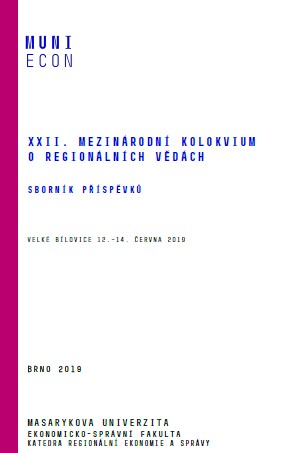Author(s): Marketa CHALOUPKOVA,Martina Jaňurová / Language(s): Czech
Publication Year: 0
The aim of the paper is to explore a new urban development tool, i.e. creative hubs. The European Creativity Hubs Network is presented, whereby hubs in Belgium have been selected for deeper analysis. The methods used include research of foreign literature, comparison, synthesis and questionnaire survey supplemented by semi-structured interviews with representatives of selected Belgian creative hubs. Research has shown how hubs work, what their strengths are (e.g. work infrastructure, communication, cross-networking, industry mixes, and the fact that creativity has no boundaries) and weaknesses (e.g., the communication platform must be online and frequently updated, short-term membership, gaining legitimacy and credibility, logistics, lack of activity awareness and weak political support). Weaknesses strongly correspond to identified threats (e.g. lack of finance, need to be online or lack of city support). The potential for hub development is business support, the impact of an ecosystem, a very good and multicultural environment within the team, and high public demand. Selected Belgian hubs were personally visited in order to get an authentic impression. Finally, measures to eliminate threats (e.g. strengthening relationships with other organizations to establish contacts, reduce administrative burdens and facilitate access to finance) or to exploit strengths (e.g. promoting cross-sectoral cooperation, foreign contacts, networking or investment in research and development).
More...














